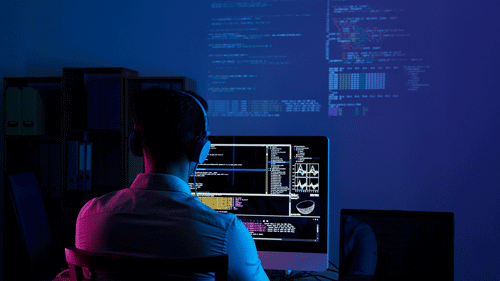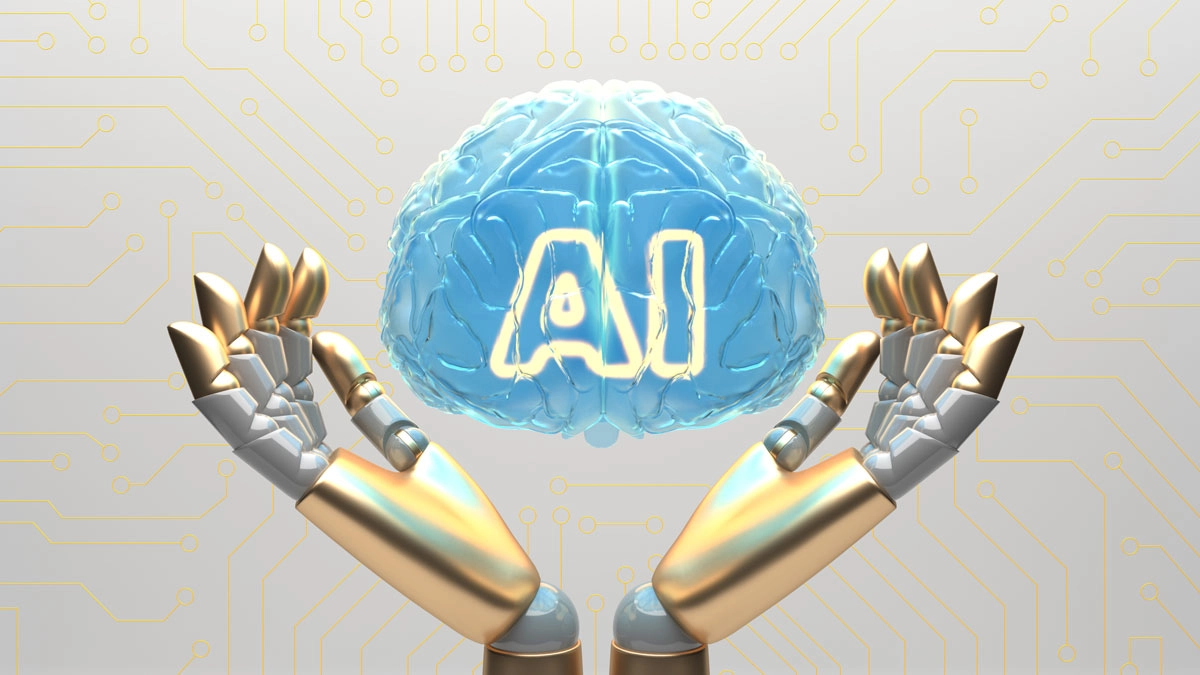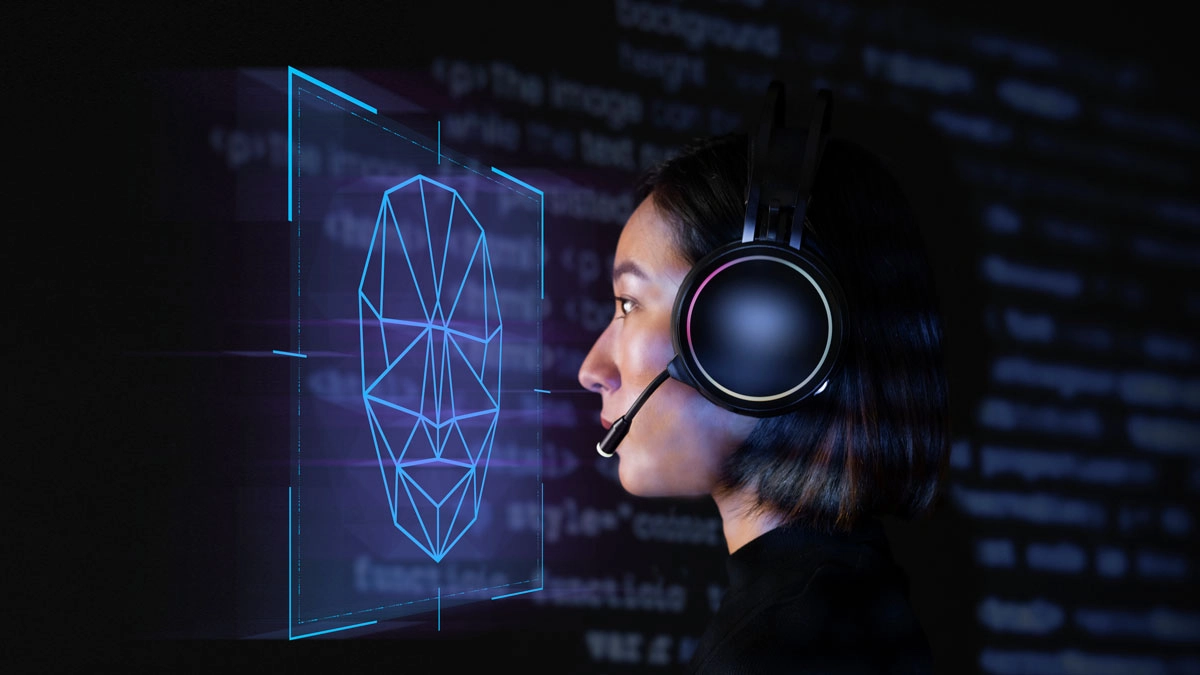The cloud-native revolution has transformed how we develop and deploy applications. Infrastructure as code (IaC) and containerization with technologies like Docker and Kubernetes have become foundational elements for building and managing modern software systems. However, this rapid shift has also ushered in new security challenges. Securing IaC and cloud-native container environments is no longer an afterthought but a critical part of the development lifecycle.
With 2023 nearing its end, it's a natural time to look ahead and anticipate the trends that will shape IaC and cloud-native container security in 2024. Here are some key areas to watch:
1. Deepening Focus on Supply Chain Security
The recent SolarWinds and Log4j vulnerabilities highlighted the potential dangers within software supply chains. In 2024, expect increased scrutiny of IaC templates and container images for vulnerabilities and malware.
Secure software composition analysis (SCA) tools will become more sophisticated, integrating seamlessly with CI/CD pipelines to analyze dependencies and flag potential risks. Container registries will adopt stricter scanning and signing practices, making it harder for compromised images to slip through the cracks.
2. Rise of Shift Left Security
The traditional "detect and respond" approach to security is no longer sufficient in the fast-paced world of cloud-native development. In 2024, we'll see a stronger emphasis on "shift left" security, where security considerations are integrated into every stage of the development process. IaC tools will offer built-in security checks and best practices, prompting developers to write secure templates from the outset.
Container runtime environments will be hardened by default, with minimal attack surface exposed. Developers will embrace vulnerability scanners and threat modeling techniques to identify and address security risks early on proactively.
3. Automation Takes Center Stage
Managing security for complex IaC and container environments demands automation. In 2024, expect to see an explosion of automation tools across the security spectrum. Policy as code (PaC) frameworks will gain further traction, allowing organizations to define and enforce security policies for IaC and container deployments.
Security workflows will be automated, leveraging tools like vulnerability scanners, patch management systems, and incident response platforms to streamline detection, remediation, and reporting. Carbonetes is preparing for this shift towards automation, which will reduce human error and ensure consistent security across large and complex deployments if done right.
4. Zero Trust Principles Extend to the Cloud
The zero-trust security model, which emphasizes continuous verification and least privilege access, will increasingly find its way into cloud-native environments in 2024. Workload identity and access management (WIAM) solutions will become essential for controlling access to applications and resources within Kubernetes clusters.
Secure service mesh technologies will further mature, providing secure communication channels between microservices. Organizations will move away from static network segmentation and embrace dynamic, identity-based access controls to minimize the attack surface and prevent lateral movement.
5. Integration with Cloud Security Platforms
IaC and container security cannot exist in isolation. In 2024, expect closer integration between dedicated IaC and container security tools and broader cloud security platforms (CSPs).
CSPs will offer native capabilities for securing IaC and container deployments, allowing for centralized visibility and management of security risks across the entire cloud environment. Open-source tools and standardized APIs will facilitate seamless integration between different security solutions, enabling organizations to build tailored security stacks that fit their specific needs.
In 2024, organizations must be prepared to adapt their security practices to keep pace with the evolving threats and trends in the IaC and cloud-native container landscape. Organizations can build resilient and secure cloud-native environments that can withstand future challenges by focusing on supply chain security, embracing shift left security, automating workflows, adopting zero-trust principles, and integrating with broader cloud security platforms.





2 Comments
Scaling security in complex cloud-native environments really depends on automation. I'm excited to see how PaC frameworks are developing.
These are really insightful observations. A crucial first step toward unified security is integration with CSPs, which will streamline security administration across cloud environments.